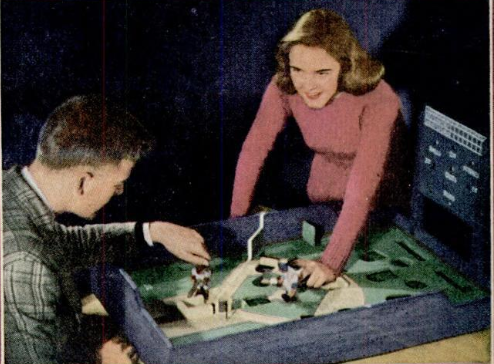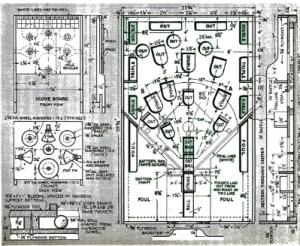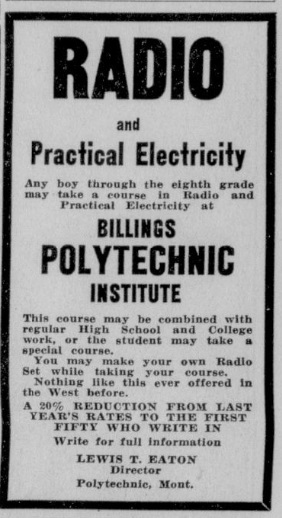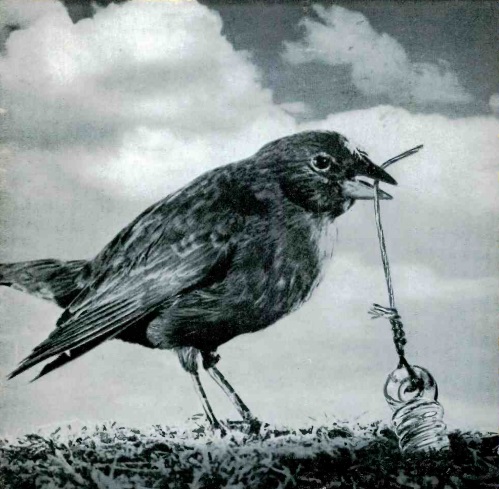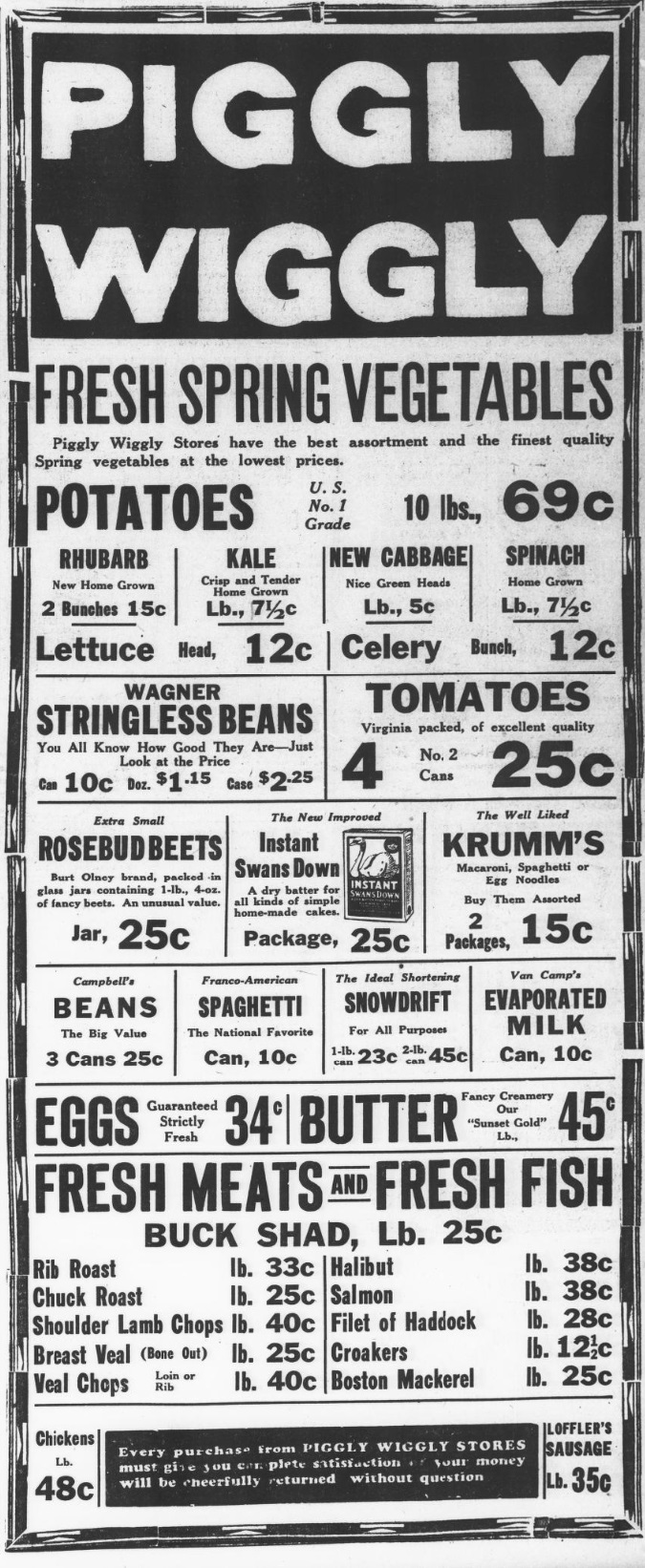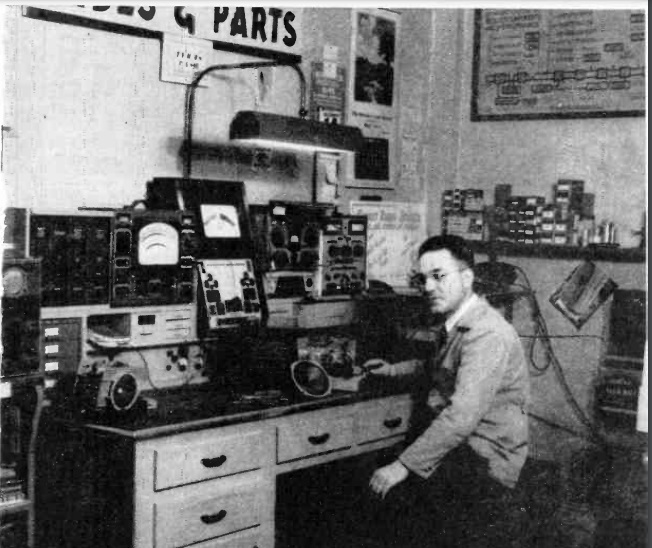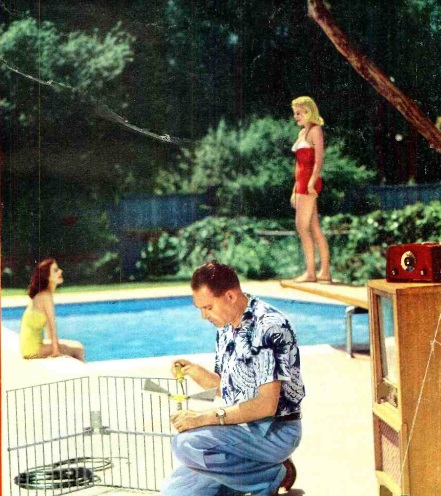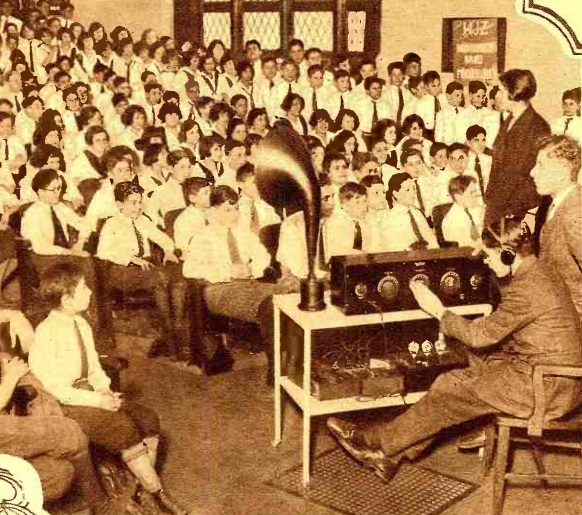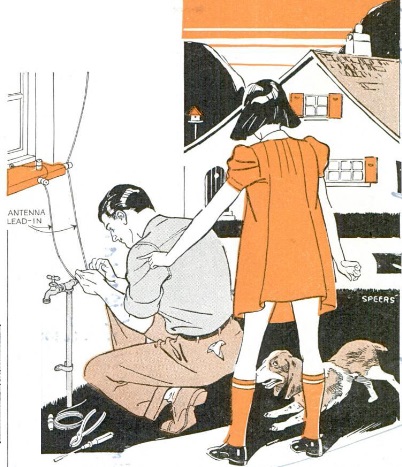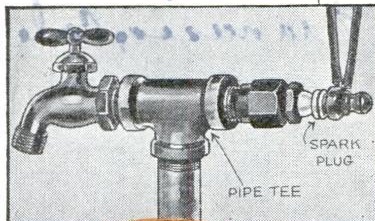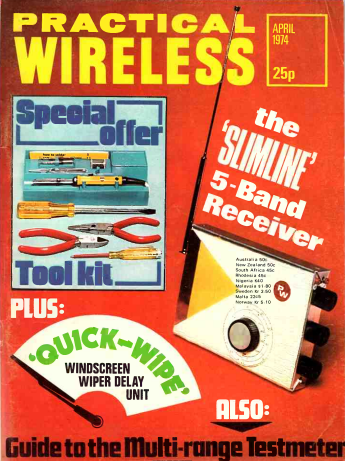 Fifty years ago, the advanced British electronics hobbyist might have put together this portable 8-transistor receiver shown on the cover of the April 1974 issue of Practical Wireless.
Fifty years ago, the advanced British electronics hobbyist might have put together this portable 8-transistor receiver shown on the cover of the April 1974 issue of Practical Wireless.
The set was very versatile, tuning five bands: 160-350 and 580-1500 kHz for longwave and mediumwave broadcasts, 1.75-4 MHz for marine communications, as well as the 160 and 80 meter ham bands, and 5.9-11 and 13-27 MHz for shortwave broadcasts.
The finished superheterodyne set measured 5 x 7 x 1 inches, and was said to have wide general utility. The set was constructed on three circuit boards.

